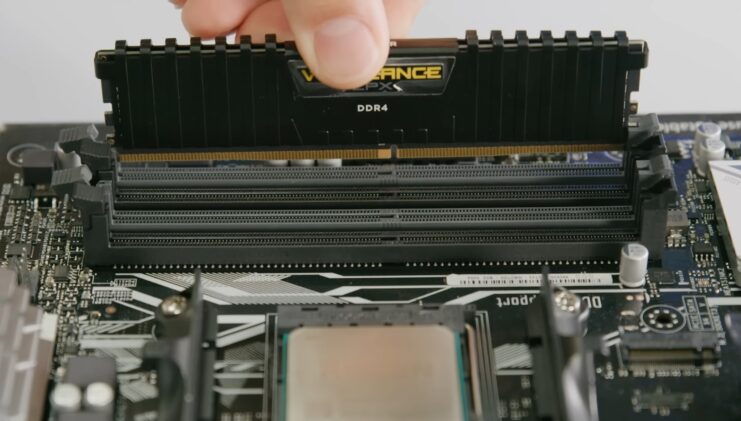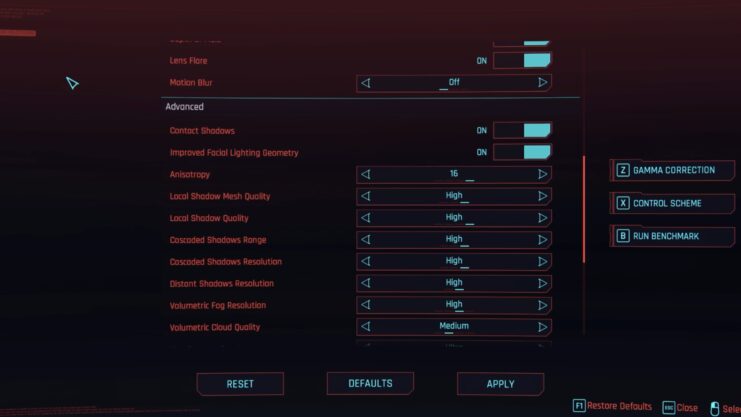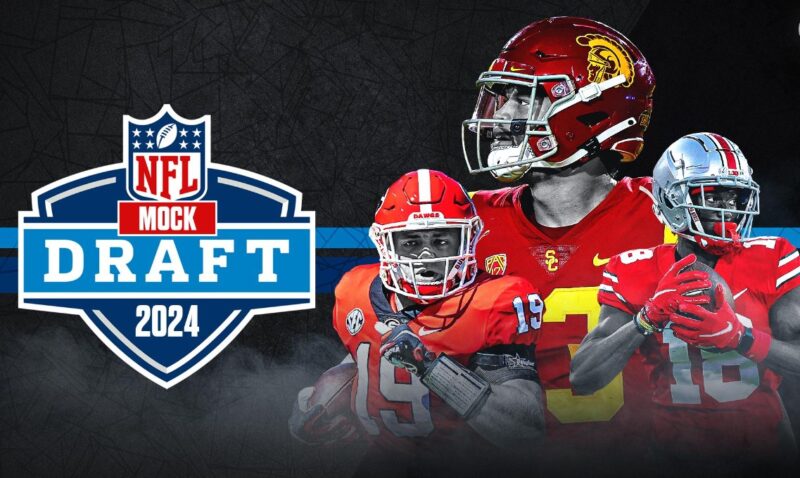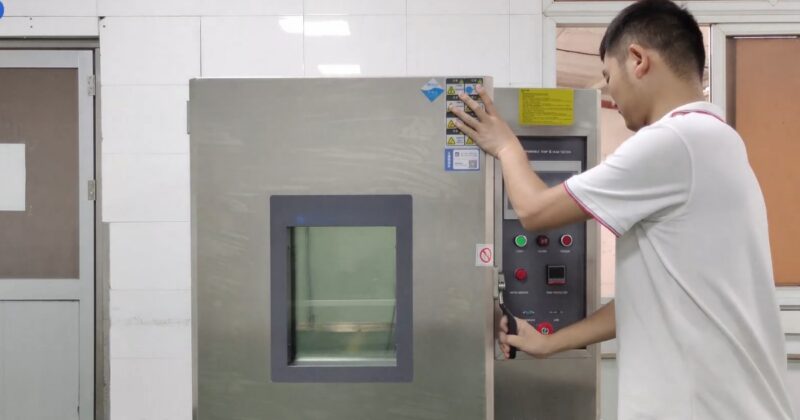Back in the day, when I first ventured into the realm of PC gaming, I was overwhelmed by the myriad of technical jargon thrown my way. Terms like CPU, GPU, RAM, and especially VRAM seemed like an entirely new language.
My first gaming rig was a humble setup, and to be honest, I didn’t give much thought to its specifications. But as games evolved, becoming more visually striking and demanding, I started noticing hitches, lags, and occasional crashes.
That’s when my journey into understanding the intricacies of VRAM began. In the beginning, I had no idea how much memory you really need for gaming.
I’ve explored, experimented, faced frustrations, and reaped rewards, all to give you a clear picture of what you need to know for an impeccable gaming experience.
How VRAM Impacts Game Performance
The connection between VRAM and game performance is direct. The demand for memory varies depending on the game’s complexity, resolution, and settings you’re using.
Modern Games
Modern gaming titles often come with high-quality textures, shadows, and effects. Games like “Cyberpunk 2077” or “Red Dead Redemption 2” are known for their stunning visuals, which require significant memory.
Typically, recent AAA games at 1080p would need at least 4GB of VRAM, but this can jump to 8GB or more when you venture into 4K gaming.
Shortages
If you run out of memory, your system will start using regular RAM, which is slower for graphic data. This causes noticeable lags and hitches. However, lowering your game’s graphic settings can help.
For instance, turning down texture quality or disabling certain effects can reduce VRAM usage, ensuring smoother gameplay.
Determining How Much Memory You Need
While it’s tempting to go for the highest memory available, it’s crucial to assess your actual needs. Overspending on VRAM you won’t utilize isn’t cost-effective.
| Gaming Resolution | Recommended VRAM | Notes |
|---|---|---|
| 1080p | 4GB | Generally sufficient for most games |
| 1440p | 6GB – 8GB | Necessary for optimal performance |
| 4K | 8GB | Minimum requirement |
| 4K (Future-proof) | 12GB or more | Provides a comfortable buffer for upcoming titles |
Future-Proofing Your Gaming Rig
Future-proofing refers to ensuring your system remains relevant for upcoming titles. Given the rapid advancement in gaming graphics, opting for slightly more memory than is currently needed can be a wise decision.
This means you won’t need to upgrade immediately when next-gen games arrive.
VRAM vs Other Graphics Card Specifications

While VRAM is a significant factor, it’s essential to recognize that a graphics card’s performance isn’t solely dictated by it. There are other specifications to consider.
GPU Cores and Clock Speeds
The number of GPU cores and their clock speeds determine how quickly a GPU can process data. A card with higher cores and faster speeds might perform better, even with less VRAM, than a slower card with more memory.
Balancing VRAM with these factors ensures top-tier performance.
Bandwidth and Bus Width
Bandwidth represents how much data the GPU can transfer to the VRAM simultaneously. Higher bandwidth means faster data transfer, which can improve performance. Similarly, bus width, which determines the “data pathway” size between the GPU and VRAM, plays a role in this equation.
A wider bus can move more data, ensuring smoother performance.
Integrated vs. Dedicated Graphics
Not all graphics solutions are made equal. The choice between integrated graphics (built into the CPU) and dedicated graphics cards (separate units) affects memory considerations.
Integrated Graphics and Shared Memory
Integrated graphics often use shared memory, meaning they pull from the system’s main RAM instead of dedicated VRAM. This can be sufficient for light gaming or older titles.
However, for modern games and higher resolutions, dedicated graphics with actual VRAM is preferable.
Dedicated Graphics: The Powerhouse
A dedicated graphics card comes with its VRAM, specifically designed for graphic-intensive tasks. This setup offers superior performance, making it a top choice for gaming enthusiasts.
When selecting a dedicated card, always balance the memory with the other specifications mentioned earlier.
Common Myths

The tech world is rife with misconceptions, and VRAM is no exception. Demystifying these myths can help you make more informed decisions and optimize your gaming rig.
More Memory Equals Better Performance
While memory is crucial, simply having more doesn’t guarantee superior performance. It’s essential to match its capacity with game requirements. A game designed for 4GB VRAM won’t necessarily run faster on a 12GB card, especially if other GPU specs are not up to par.
It is the Only Graphics Spec That Matters
As previously discussed, other specifications, such as GPU cores, clock speeds, and bandwidth, play pivotal roles in graphics performance. A holistic view of a graphics card’s specs is crucial for a well-rounded gaming experience.
Tips for Monitoring and Managing Memory Usage
Knowing how much VRAM you’re using can guide adjustments to game settings or future hardware upgrades. Thankfully, tools and practices can help you keep tabs on its usage.
Using In-built and Third-party Tools
Many graphics cards come with management software that displays memory usage in real time. NVIDIA’s GeForce Experience and AMD’s Radeon Software are prime examples.
Additionally, third-party utilities like MSI Afterburner can also provide insights into VRAM consumption.
Adjusting Game Settings Accordingly

If you notice your usage nearing its capacity, consider tweaking in-game settings. Lowering texture quality, reducing shadow details, or turning off certain post-processing effects can considerably reduce memory demands, ensuring smoother gameplay.
The Price-Performance Ratio
High-end graphics cards with ample VRAM can be expensive. However, it’s essential to gauge whether the added cost translates to proportional performance gains.
Analyzing Price Steps
While jumping from 4GB to 8GB VRAM might offer significant performance enhancements for 4K gamers, the shift from 8GB to 12GB may offer diminishing returns unless you’re pushing graphic boundaries with VR or multi-monitor setups.
Considering Other Upgrade Options
Sometimes, the best performance boost might not come from just increasing VRAM. Upgrading other components, such as the CPU or the main RAM, can also yield significant improvements, especially if they’ve become bottlenecks in your system.
FAQs:
Is it possible to upgrade VRAM separately from the graphics card?
No, VRAM is integrated into the graphics card and cannot be upgraded separately. If you need more memory, you would have to purchase a new graphics card with the desired capacity.
Can having too much VRAM negatively impact gaming performance?
No, having more memory than necessary doesn’t negatively impact performance. However, it might not provide any significant improvement if the game doesn’t require the extra VRAM. Essentially, it could be seen as an underutilized resource.
Is memory important for tasks other than gaming, like video editing or graphic design?
Absolutely! It is crucial for various graphic-intensive tasks, such as video editing, 3D rendering, and graphic design. These applications often deal with high-resolution assets and textures, requiring significant memory for smooth operation.
Can two graphics cards with the same VRAM size but different brands perform differently?
Yes, performance can vary due to other specifications like GPU cores, clock speeds, and architecture differences. Brand-related optimizations, driver support, and cooling solutions can also affect performance, making it essential to look beyond just memory size.
How do I check my current usage while gaming?
Many graphics card utilities, both first-party (like NVIDIA’s GeForce Experience or AMD’s Radeon Software) and third-party (like MSI Afterburner), provide real-time metrics, including VRAM usage. You can run these tools in the background while gaming to monitor memory consumption.
The Bottom Line
It’s not about having the most VRAM or the priciest graphics card; it’s about understanding your gaming needs and ensuring your system aligns with them. I’ve been on both ends of the spectrum – from a naive gamer with a stuttering screen to an informed player immersed in seamless, stunning virtual worlds.
And if there’s one thing I want you to take away, it’s this: Equip yourself with knowledge, and your gaming journey will be all the more rewarding.
Related Posts:
- 106 Things That Start With Y - That You Must Need To Know
- How to Power On, Power Off, and Reboot Galaxy S21,…
- Disney Characters That Start With I - All You Need to Know
- Samsung Galaxy CSC Region Codes - 2024 Everything…
- 208 Things That Start With P -That You Should Know
- Longest Disney Movies Till Now - Bet You Didn’t Know This







